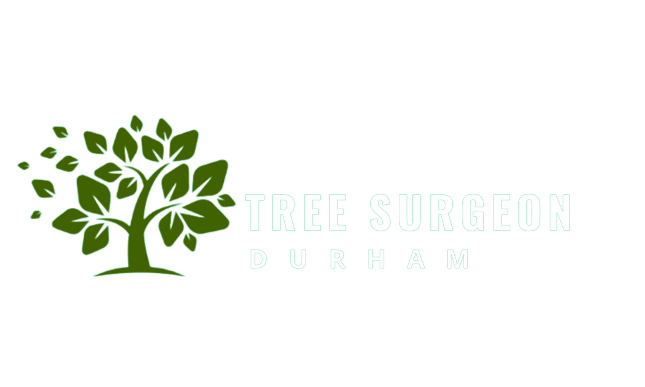Can Pollarding Kill A Tree?
Pollarding is a pruning technique that involves cutting back the upper branches of a tree to promote a dense head of foliage and branches. When done correctly, pollarding does not necessarily kill a tree. In fact, many tree species are capable of regenerating new growth after being pollarded.
However, pollarding is a severe form of pruning, and it can be harmful to a tree if not performed properly or if it’s done too frequently.
Why Pollard Trees?
In Durham, where space is precious, we often resort to pollarding to prevent trees from interfering with overhead power lines or looming too close to homes and businesses. This method involves cutting trees higher up, typically around six feet from the ground. The goal is to maintain a specific height while reducing shade and giving the trees a distinct shape.
- Frequency: Pollarding is typically done on a cyclical basis, often every few years, depending on the species and desired results. If a tree is pollarded too frequently, it may become stressed and eventually die.
- Species: Some tree species respond better to pollarding than others. Trees that are commonly pollarded include willows, poplars, and certain types of fruit trees. Species that are less tolerant of severe pruning may struggle to recover.
- Proper Technique: Pollarding should be done by a trained arborist or tree care professional who understands the specific needs of the tree species in question. Improper cuts or excessive removal of foliage can harm the tree.
- Health and Age: The overall health and age of the tree also play a role. Younger, healthier trees tend to respond better to pollarding than older or weakened trees.
- Location: Consider the location of the tree. Trees in urban environments may face additional stressors, such as pollution or compacted soil, which can affect their ability to recover from pollarding.
- Recovery: After pollarding, trees typically go through a period of recovery where new shoots and branches grow. During this time, they may appear stressed or unsightly, but with proper care and time, they can regain their health and appearance.
Tree Pollarding vs Tree Pruning
Tree pollarding sets itself apart from Tree pruning. It’s usually done when a tree is dormant, not actively growing. This approach encourages fuller, faster, and greener growth. It’s a bit like giving our trees a fresh start.
Tree Pollarding vs Tree Topping
Tree pollarding differs from topping, as it promotes knuckle formation, which is essential for future growth. Topping, on the other hand, leaves trees vulnerable and often leads to their demise. For healthy outcomes, especially with fruit trees, pollarding is the way to go.
The Art Of Tree Pollarding
Whether you aim to nurture healthy trees or eliminate potential hazards, tree pollarding is a wise choice. This unique pruning method ensures your trees remain vibrant and thriving for years to come.
Remember, it’s always best to consult with a professional arborist for optimal results. If you’re seeking further information or assistance, feel free to reach out to us. We’re here to help you maintain durham’s green beauty.
